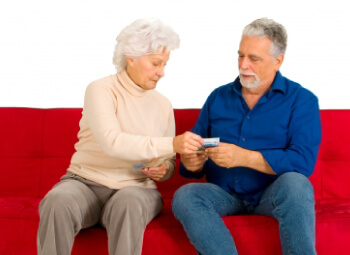When you’re “old”—whatever and whenever that is—who’s going to take care of you when you can no longer take care of you? If you’re like me, you envision “someday” way out in the future, when in fact, because we’re baby boomers, “someday” is a time we can actually peg now. It’s closer than we think.
As a boomer, you may be caring for your elderly parent or supervising that care. You may imagine that someone will be there for you when you need help. Reality check: According to an AARP Public Policy Institute report released this week, “The supply of family caregivers is unlikely to keep pace with demand to assist the growing number of frail older people in the future. In just 13 years, as the baby boomers age into their 80s, the decline in the caregiver support ratio will shift from a slow decline to a free fall.”
Two other notable statistics:
- From 7 potential caregivers per frail older person today, the caregiver ratio is projected to shrink to just 4 in 2030.
- The care gap is expected to widen even more as the ratio continues declining to 2.9 by 2050, when we have three times as many people aged 80 and older as there are today.
Now what?

So what does this mean for those of us in the 50+ demographic now? We’re just exiting a period, says AARP, that’s marked by us boomers aging into the prime caregiving years, resulting in plenty of caregivers. That’s about to change, and there won’t be enough friends and family to step up to the caregiving plate. We as a generation haven’t had as many children as other generations and we’re simply living longer.
Consider our population as boomers now and “then”:
- 2010: 78 million
- 2030: 60 million
- 2050: 20 million
How to prepare for the boomer caregiver shortage
If you’re wondering what our country is doing about this, you’re not alone. It’s apparently not enough. The Washington Post interviewed Robyn Stone, senior vice president for research at Leading Age, a national association of aging-services providers. She said we “respond more to crisis situations than long-term planning.”
That determination may apply to the country as a whole, but armed with this new information, there’s nothing stopping us as individuals from making plans for our own care. Right now.
Take a look at my YouTube playlist on caregiving and elder abuse, where you can watch seven videos.
(Photo courtesy, and thanks, freedigitalphotos.net and Ambro.)